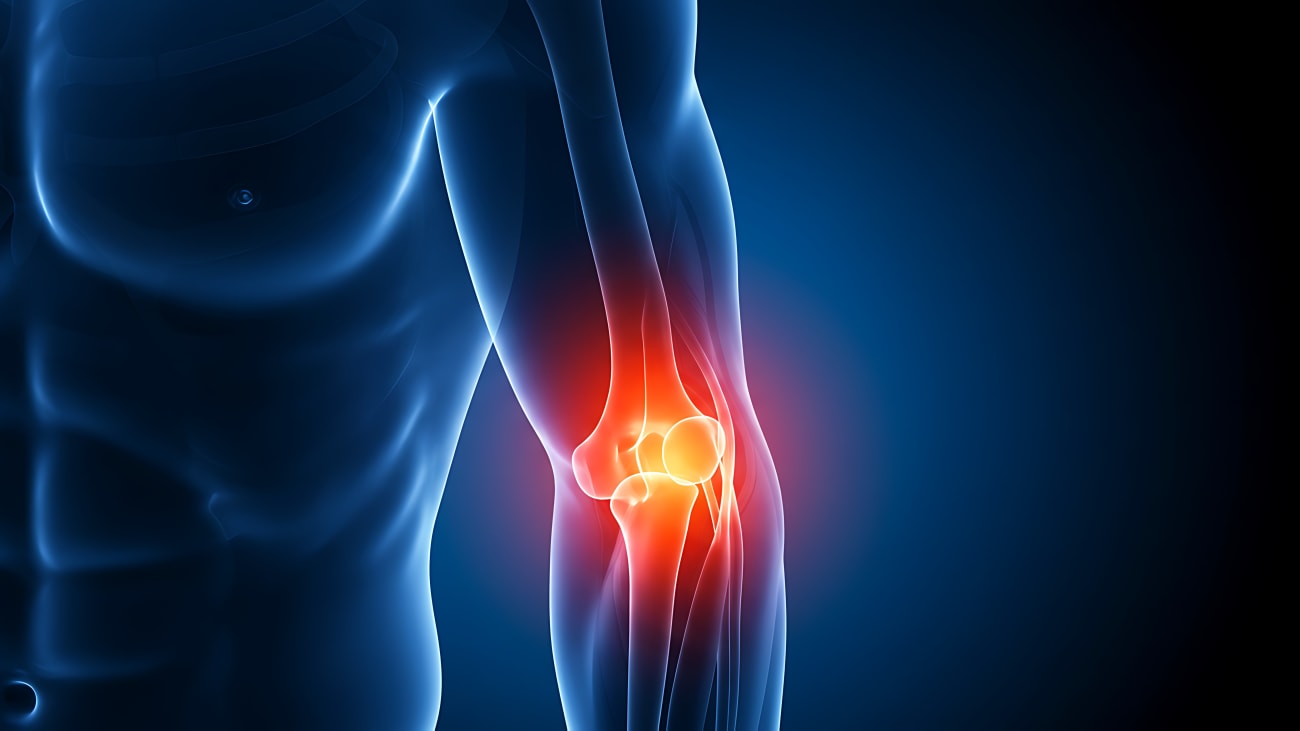

For Jerry Spielman there’s no better sound than the satisfying thwack of a golf ball meeting the sweet spot. But when the avid golfer began experiencing hand pain and difficulty grasping his driver, he worried that his days on the golf course were over.
“The feeling in my hand was almost like it had fallen asleep,” he says. “My fingers were tingly, then I started getting an intense, electrical pain in my hand at night and my grip kept getting weaker. It was getting worse and worse.”
What is cubital tunnel syndrome?
Mr. Spielman, who lives in West Boca Raton, was diagnosed with cubital tunnel syndrome. “It is one of the most common nerve compressions in the arm, second only to carpal tunnel syndrome, which people are more familiar with,” says orthopedic hand and upper extremity surgeon Michael Cohn, M.D., with Baptist Health Orthopedic Care. “It’s a problem where the ulnar nerve gets compressed behind the elbow.”

Michael Cohn, M.D.,.
Cubital tunnel syndrome can be caused by sleeping with a bent elbow, leaning on the elbows, and repetitive motions that involve reaching, pulling or lifting — even overuse of a cell phone. “Any position that has us bending our elbow and keeping it in that position for a prolonged period can aggravate and compress the nerve,” Dr. Cohn says.
This compression of the ulnar nerve creates the same tingling, numbness and shooting pain that most people recognize as the sensation you get when you hit your funny bone. Except in this case, the feeling persists and can cause difficulties with everyday tasks like buttoning clothes, brushing your hair, writing or putting on earrings.
Dr. Cohn typically can confirm the diagnosis during the office consultation with a discussion about the symptoms, a physical exam and an ultrasound.
Innovative procedure results in fast recovery
At 70, Mr. Spielman is well-acquainted with the operating room. He’s had both hips and a shoulder replaced, along with a series of injuries that have sent him into surgery repeatedly over the years. The prospect of another procedure that required general anesthesia, a long incision that would curve behind his elbow, and six weeks of immobilization before he could even begin rehabilitation left him apprehensive.
Fortunately for Mr. Spielman, those fears proved unnecessary. Dr. Cohn, who has developed an innovative, less invasive technique that requires just local anesthesia and a tiny incision, reassured him that he was a good candidate for ultrasound-guided cubital tunnel release.
(Watch now: In this video, Gerry shares his story of regaining function and getting back to the sport he loves. Dr. Cohn also explains what cubital tunnel syndrome is, how it’s diagnosed, and when surgery is recommended.)
“It’s a new procedure that is a big win for patients,” Dr. Cohn says. “They can avoid all of the time and costs associated with the medical clearances and preoperative testing that is usually necessary before a big surgery. We are able to release the nerve through a small incision while they are awake. There is very little bleeding and they recover very, very quickly.”
Mr. Spielman calls the procedure miraculous. “I had no idea that it would be as easy as it was. I’ve never had a surgery where I didn’t feel any pain. But there was no pain at all from the time of his first cut until now.”
While most surgeons are still performing cubital tunnel release surgery the traditional way, with a large incision and under general anesthesia, Dr. Cohn began doing the minimally invasive technique last December and has done more than 60 cases. As technology has improved, the direct visualization provided by ultrasound has made these less invasive options more viable.
“It’s been very successful for my patients. They can get back to their lives, their hobbies and their work activities extremely quickly,” Dr. Cohn says. “There are a few stitches that we place deep in the skin that are absorbable so there is nothing to remove.”
Not everyone with cubital tunnel syndrome requires surgery. Treatment may include:
- Stopping the activity that causes pain
- Using anti-inflammatory medications
- Wearing a splint or brace at night
If the condition does not improve, surgery may be considered.
Back on the greens soon
Four weeks after his surgery, Mr. Spielman returned to Boca Raton Regional Hospital, part of Baptist Health, for a checkup. “He has full motion of his elbow, wrist and digits and has no pain,” Dr. Cohn says. “Jerry loves to golf and wanted to get back to golf quickly. He’s going to have no problem in doing so.”
The words are music to Mr. Spielman’s ears. “I’ve been playing golf since I was 12 years old. Dr. Cohn is the greatest doctor I have ever seen.”

